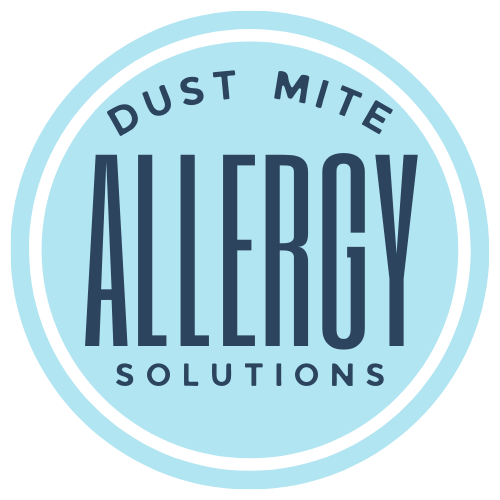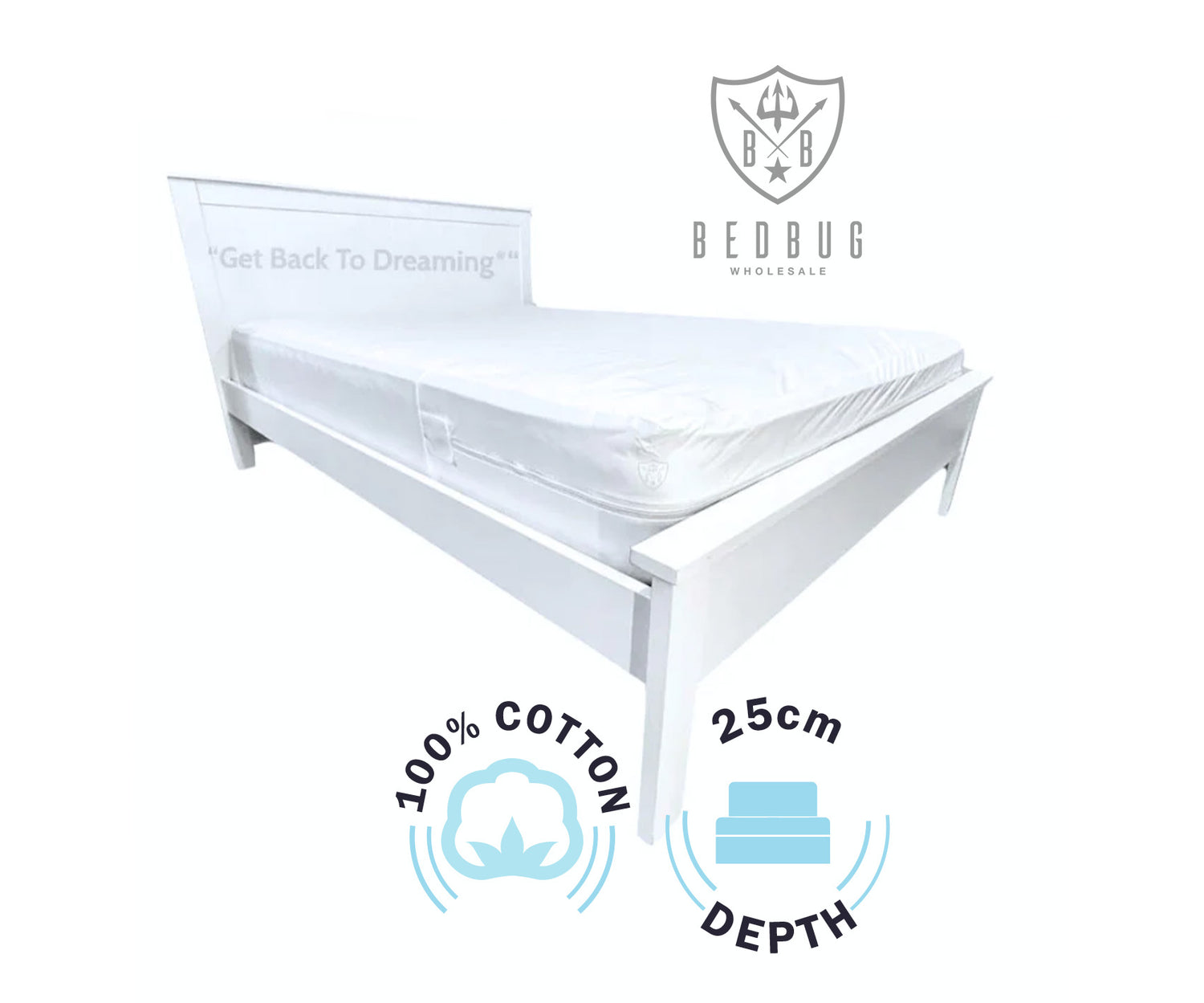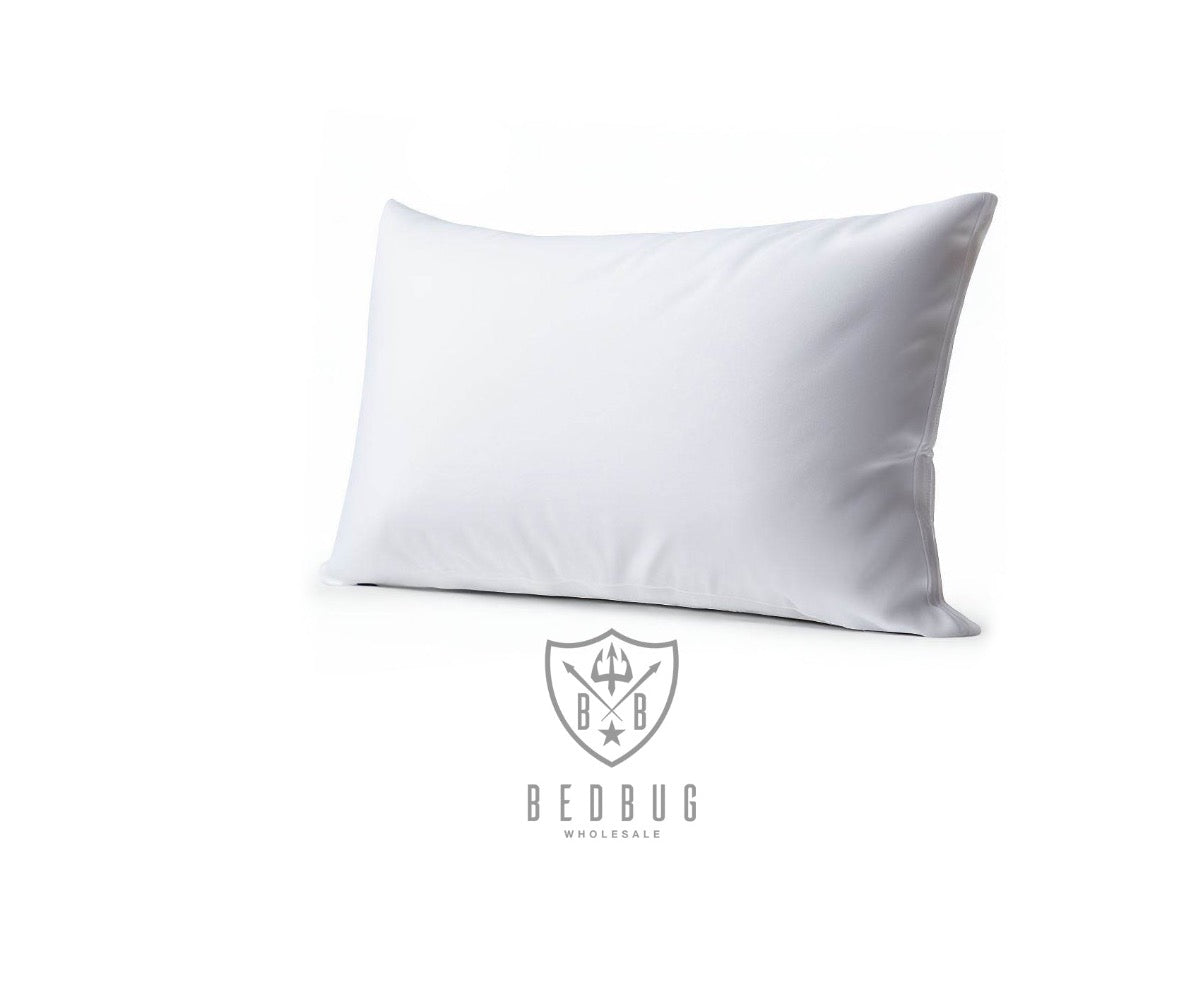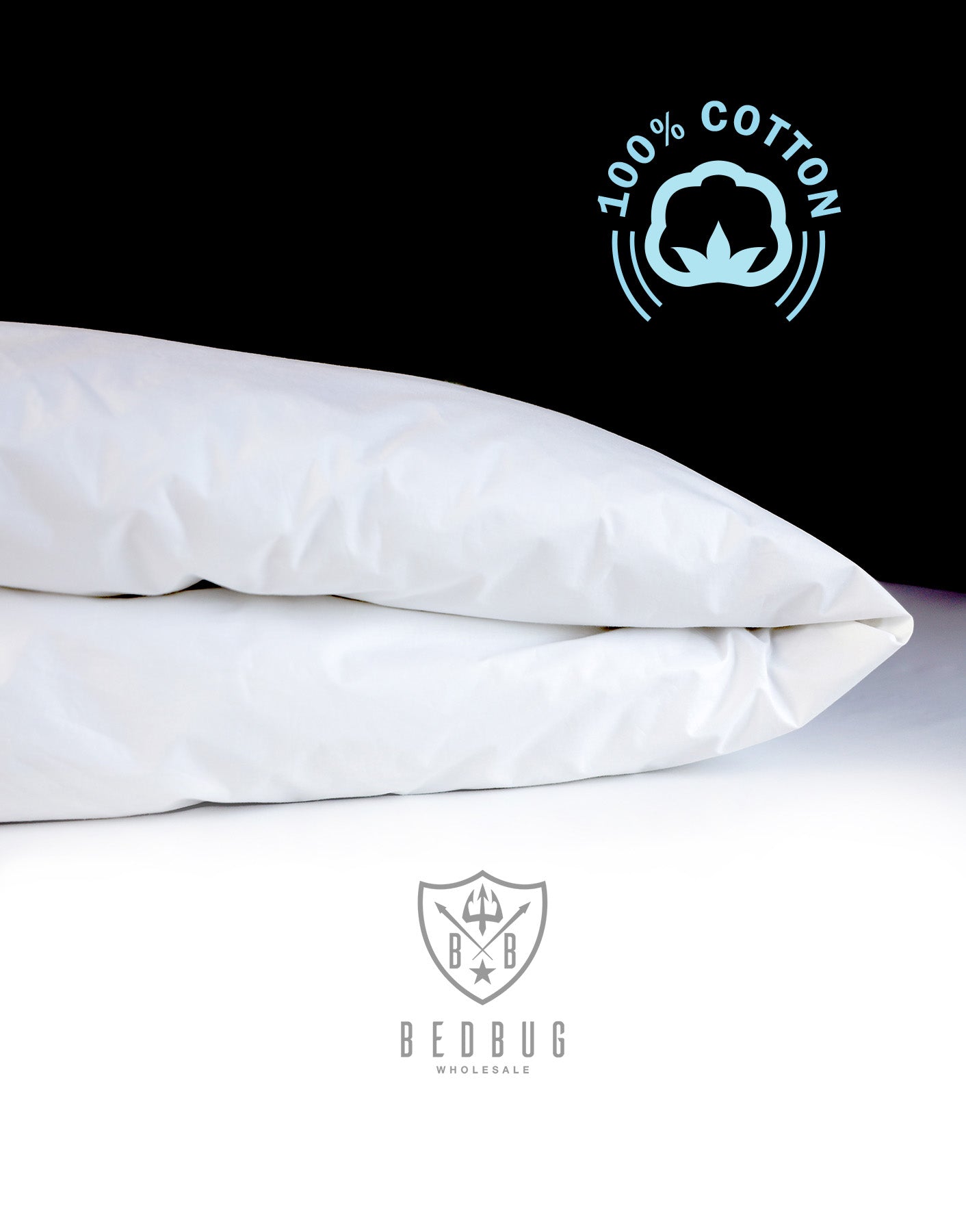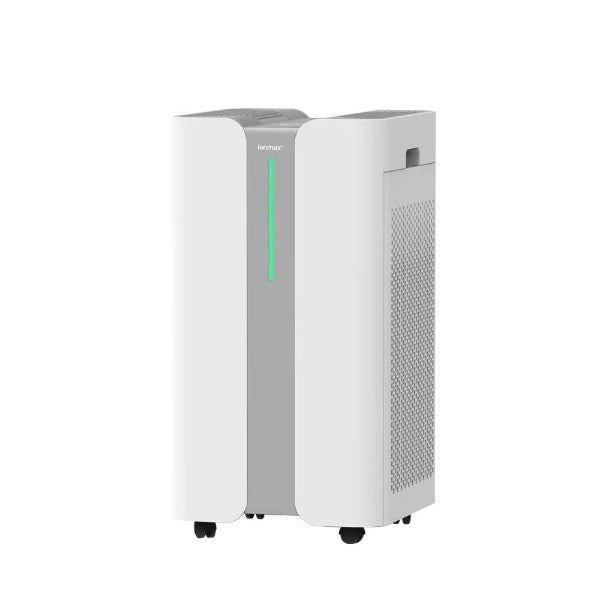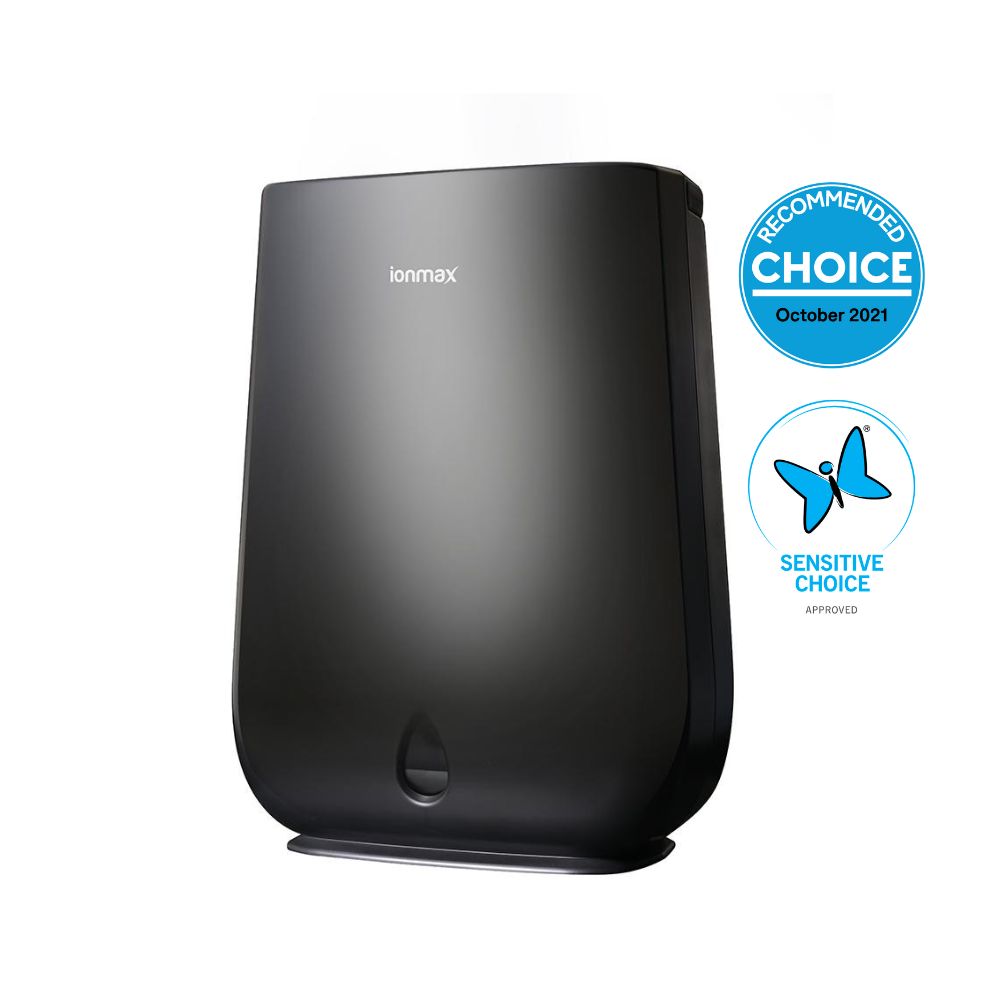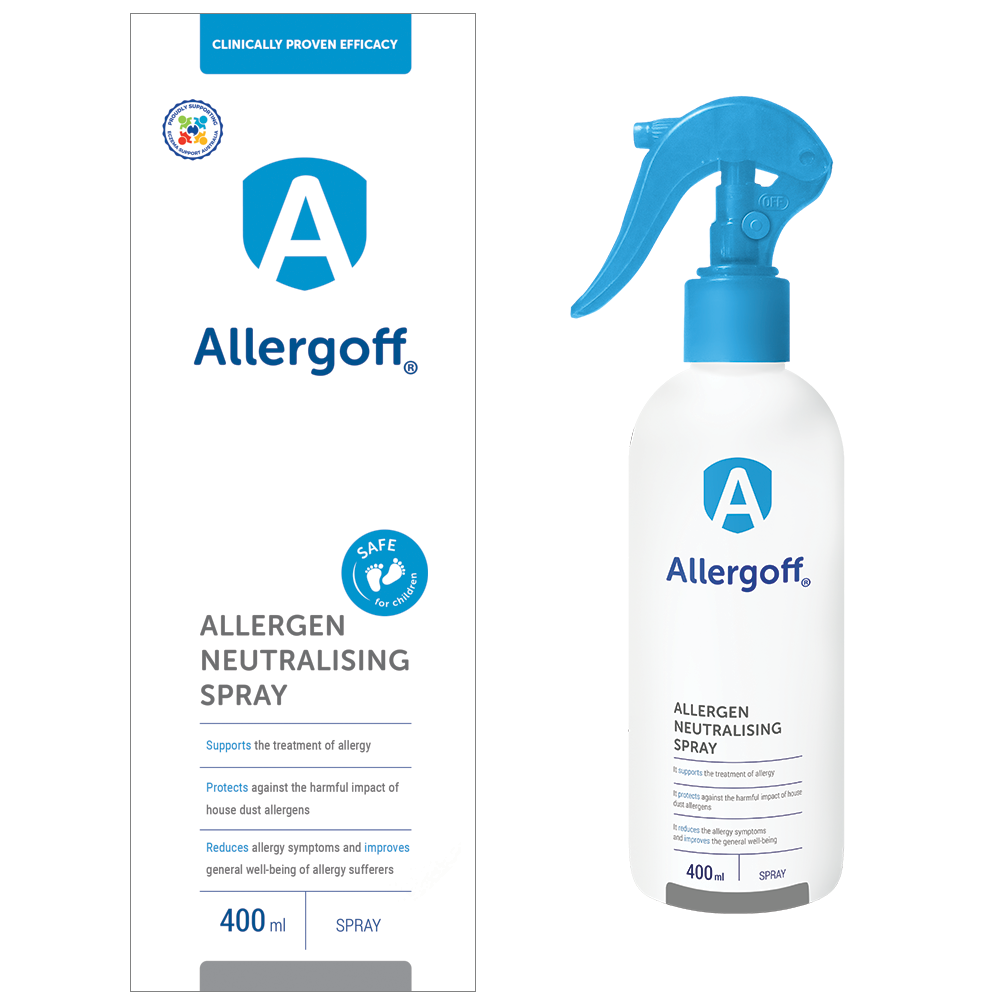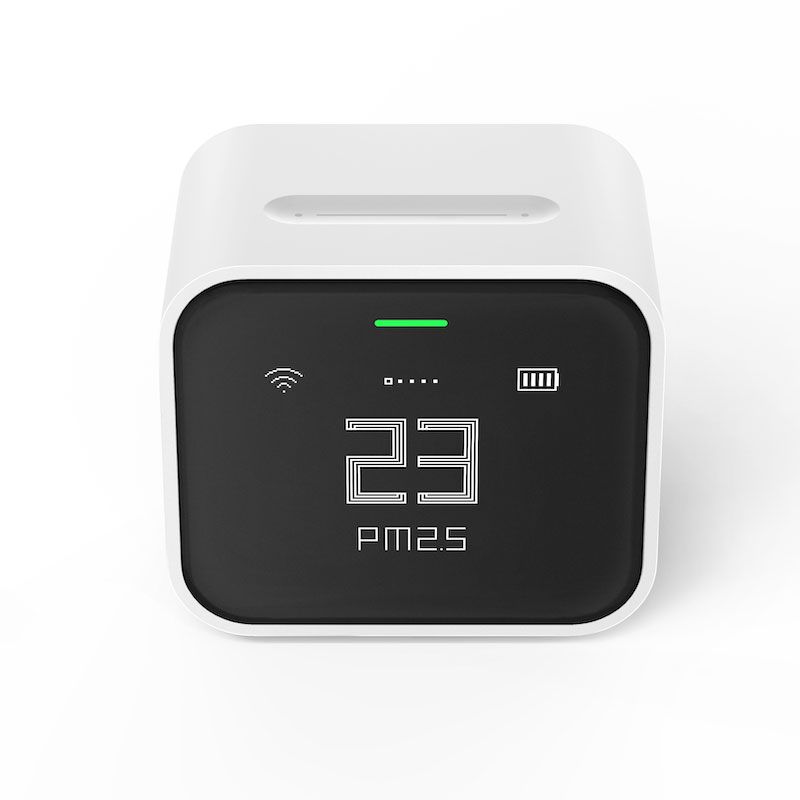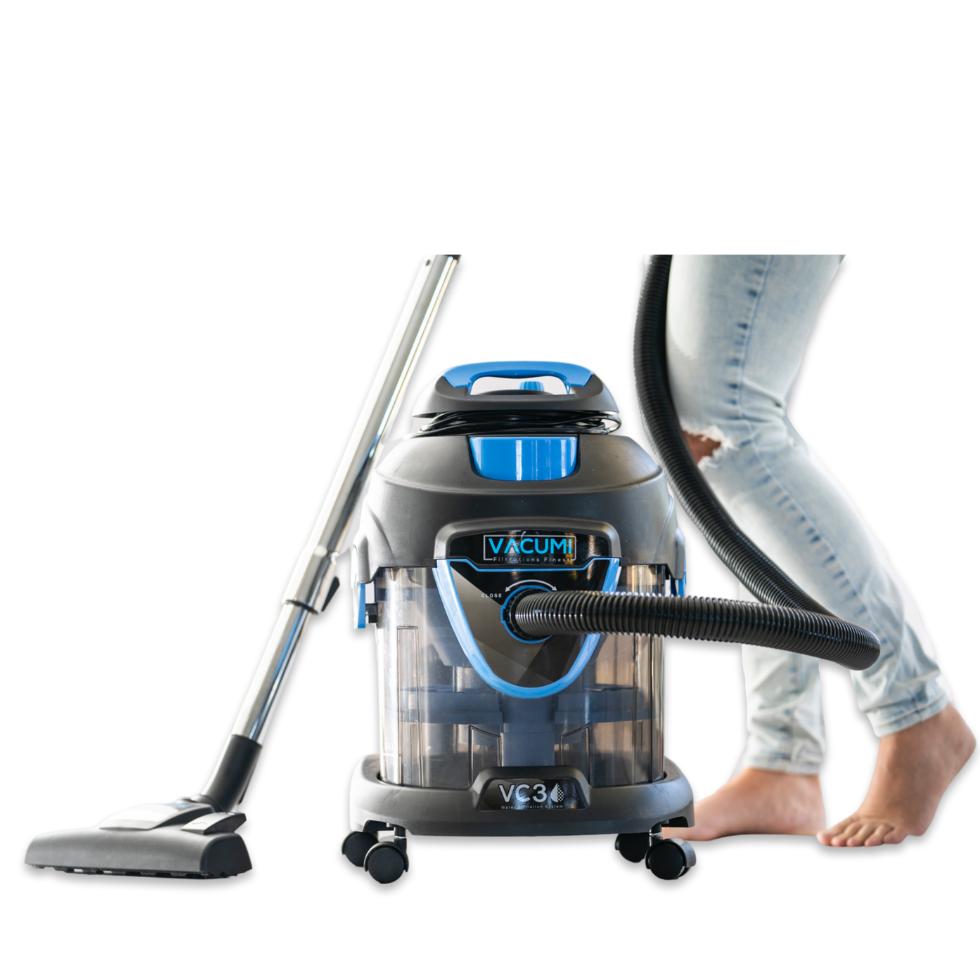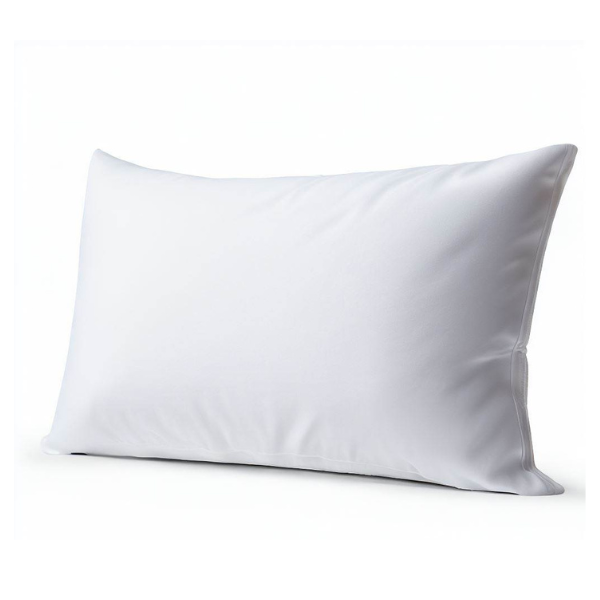Dust mites are microscopic creatures that can wreak havoc on your sleep quality and allergies. In your plight to eliminate dust mites, there are multiple strategies. And no matter which one you choose, remember that combining a number of strategies will be the most effective way to get rid of them.
When looking for ways to kill dust mites, remember that it is actually not the dust mites themselves that cause the allergic reactions. It is the proteins in their waste and broken body parts.
These waste products contain proteins that act as allergens, triggering allergic responses in sensitive individuals. A single dust mite can produce up to 200 times its body weight in waste products over its lifetime. This waste is a significant component of household dust and is known to provoke symptoms like sneezing, wheezing, cough, itching, and other allergic reactions. So, even if you kill dust mites, make sure that you launder or vacuum to remove the particles that will cause allergic reactions.
The Difference Between Killing Dust Mites and Eliminating Dust Mites
Killing dust mites is about directly targeting the mites themselves, while eliminating dust mites involves a broader strategy to remove them and prevent their return, which is often more effective for long-term management and reducing allergic reactions.
Killing Dust Mites
This means directly killing dust mites. However, simply killing them may not be enough—you also need to remove their body parts and feces, which are the allergens that cause reactions.
Eliminating Dust Mites
This is a more comprehensive approach. It not only involves killing the dust mites but also taking steps to remove them and their waste products from the environment. Elimination is genrally a more comprehensive approach that includes creating conditions that will prevent their survival and reproduction, in addition to removing the allergens they produce.
How Can I Kill Dust Mites?
Ways to kill dust mites are:
- Washing in Hot Water
- Steam Cleaning
- Freezing
- Using Dust Mite Sprays
- Using Essential Oils
Washing (laundering) in Hot Water
A study done in 2007 found that hot water washing is a straightforward yet effective way to eliminate dust mites and their allergenic waste. The high temperatures (130°F or 54°C and above) during the wash cycle not only remove stains and dirt but also kill dust mites and their eggs. To get the best results, consider using a laundry additive or spray specifically designed to combat allergens.
Furthermore, the Mayo Clinic advises if the bedding cannot be washed in hot water, placing the items in a dryer for at least 15 minutes at a temperature above 54.4 degrees Celsius (130 degrees Fahrenheit) is also effective in killing the mitesSteam Cleaning
Steamers produce hot steam at temperatures well above 54°C, therefore are extremely effective at killing dust mites and their eggs. These high temperatures are lethal to dust mites, killing them on contact. The heat denatures the proteins in dust mites, disrupting their cellular structures and ultimately causing their death.
Freezing
A study by the Journal of Allergy and Clinical Immunology concluded that freezing dust mites at -15°C for 48 hours is sure to kill them.The extreme cold temperatures kill mites and their eggs, disrupting their life cycle. To do this, place your bedding in an airtight bag and leave it in the freezer for at least 48 hours. Afterward, wash it in hot water to remove any remaining allergenic waste.
Dust Mite Sprays
There are different types of dust mite sprays that are designed to eliminate dust mites. These sprays typically contain chemicals that are lethal to dust mites. However, it's important to remember that while these sprays can be effective in killing dust mites, they may not remove the allergens (like the mites' fecal matter and dead bodies) that can cause allergic reactions.
Essential Oils
Research has shown that certain essential oils have acaricidal properties against house dust mites. Studies have identified that oils such as clove, matrecary, chenopodium, rosemary, eucalyptus, and caraway demonstrate significant effectiveness. Particularly, compounds like geraniol, found in Palmarosa and Citronella Java oils, and eugenol in Clove Bud oil, have been found to be more effective than DEET and capable of killing adult dust mites. These findings suggest that essential oils can be a valuable addition to dust mite control strategies, although they should be used in conjunction with regular cleaning and maintaining a low-humidity environment for comprehensive management.

What Else Can I Do to Get Rid of Dust Mites?
Use Allergen-Proof Covers: Invest in allergen-proof covers for your pillows and mattresses. These covers are designed to keep dust mites and their allergens from escaping, providing an extra layer of protection.
Regular Vacuuming: Frequently vacuum your bedroom, including carpets, rugs, and upholstered furniture, using a vacuum cleaner equipped with a HEPA filter. This helps remove dust and mites from your living space.
Reduce Humidity: Dust mites thrive in high humidity environments. Keep the humidity level in your home below 50% to create an unfavorable environment for them.
Steam Curtains and Other Soft Furnishings: In addition to your bedding, regularly wash curtains, drapes, and any other fabric materials in your bedroom to remove dust mites and their allergens.
Maintain Cleanliness: Keep your bedroom clean and clutter-free. Dust and vacuum regularly to prevent dust mites from finding hiding places.
Consider Air Purifiers: High-quality HEPA air purifiers can help capture airborne allergens, including dust mite particles, improving air quality in your bedroom.
It's important to note that these methods, while reliable, may not eliminate all dust mites and their allergens. To effectively reduce dust mites, it's recommended to combine multiple strategies, including regular washing, vacuuming, and maintaining a dry indoor environment.
